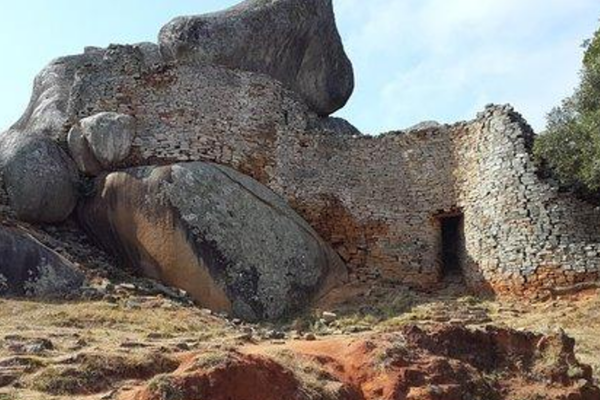
8 Black Players Owning The 2025 FIFA Club World Cup
This tournament is full of power, pride, and presence. From Madrid to Paris, Black and Afro players are shaping the biggest stories of the 2025 FIFA Club World Cup.

This tournament is full of power, pride, and presence. From Madrid to Paris, Black and Afro players are shaping the biggest stories of the 2025 FIFA Club World Cup.

For the second consecutive year, no players from Historically Black Colleges and Universities (HBCUs) were selected, a statistic that raises questions about scouting processes and opportunity structures.

Image Source: New Orleans Saints Overlooked But Not Outplayed Each spring, hundreds of college football players enter the NFL Draft….

As the NFL Draft approaches, all eyes turn to the big names and breakout performances. But behind the headlines are hometown heroes. These are athletes from African and Caribbean immigrant families or African American households in the Greater Philadelphia area who carry their communities’ hopes onto the national stage. Their stories are shaped not just by athletic prowess but by perseverance, cultural identity, and the steady guidance of family and neighborhood support.

As Philadelphia gears up to host matches during the 2026 FIFA World Cup, FIFA President Gianni Infantino’s recent visit underscores the city’s importance in the upcoming global sporting event.

Racism seems to be taking root in the reportage of sporting events whereby efforts are made to either downplay the contributions of Black sports athletes or villainize them as contributors to a team’s failure.

Let’s unpack the reasons behind the potential ban and see if it’s all national security or just a social media soap opera.

In Nigeria, banter, or gbas gbos, is another subtle way of promoting music that creates awareness for a song, album, or even an artist. It has also strengthened the Afrobeats industry.

The ruins are believed to have been built between the 11th and 15th centuries by the ancestors of the Shona people.

An essential drum used by the Yoruba people is the Bàtá, a double-headed drum shaped like an hourglass with one cone more significant than the other.